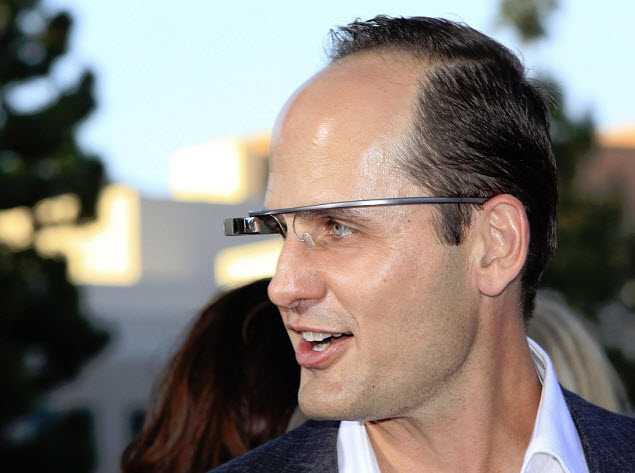TruLife Optics from London, claims to have perfected a new technology for wearable HUDs.
The efforts of a London, England based company called TruLife Optics could bring a massive revolution to head mounted wearable technology that uses augmented reality in order to provide its display.
This is because the company has designed and created what it calls the ideal optical component for HUDs.
In TruLife’s opinion, the technology that it has developed provides a new and improved form of optical component for wearable tech that uses augmented reality and other types of heads up displays. The creation is both lightweight and small in size. Its use is relatively easy and it can display graphics in full color high resolution before the eyes of the wearer, without causing distortion or obstruction to his or her natural vision. It is also capable of creating three dimensional images.
The key to this technology’s improvement of augmented reality is in the use of holograms.
This particular optic employs two different holographic elements, instead of relying on a transparent screen or a jewel lens. It is also capable of bending light by 90 degrees in order to be able to transfer the image onto a main element that is completely transparent and that has been called a “waveguide”.
Therefore, when nothing is being displayed, the complete piece is entirely transparent. It remains that way even when images are being displayed, except in the areas in which the images, themselves, are visible.
There is one holographic display for each eye, which makes it possible for the images to be displayed three dimensionally. They are each about the size of a postage stamp. The full element is nearly 4 inches long, just over an inch wide, and only 0.03 inches in depth.
The technology was developed by TruLife through a partnership that it has maintained with the National Physical Laboratory located in Teddington. This technology is now available for purchase, at a price of £300 per optic. What this means is that companies that are designing their own HUD and augmented reality wearable technology will be able to integrate these optics into their own devices.
A surgeon in Nashville is looking into the various benefits that can be brought to an O.R. by the augmented reality headset.
A Nashville surgeon is currently investigating some of the ways in which his wearing Google Glass while in the operating room will be able to benefit him – as a surgeon – as well as the patient.
This augmented reality headset has been greatly embraced by the medical community.
Despite the fact that Google Glass is still in a limited release phase, the doctors and others in the medical community have been coming up with a large range of different potential uses for these and similar augmented reality devices. Although the public has had mixed responses to the devices, doctors appear to be ready to wear them and discover what they can offer in terms of efficiency, accuracy, and other potential benefits.
A company in Nashville is now taking the use of Google Glass in hospitals to the next level.
 Octovis Inc. believes that there could be massive implications for the augmented reality technology in health care. It is now undergoing its “14-week startup boot camp” along with another company based in Nashville, Jumpstart Foundry, which is a business accelerator. This project is meant to test some of the various applications for the mobile technology among a handful of physicians.
Octovis Inc. believes that there could be massive implications for the augmented reality technology in health care. It is now undergoing its “14-week startup boot camp” along with another company based in Nashville, Jumpstart Foundry, which is a business accelerator. This project is meant to test some of the various applications for the mobile technology among a handful of physicians.
Sanat Dixit, one of the participating physicians, is a neurosurgeon who has been working within the region for four years. He has now become the first doctor in Tennessee to bring the augmented reality device into the operating room. Moreover, he is also one of the only doctors in the entire Southeast to actually use this cutting edge mobile tech for professional reasons.
While the doctor is not permitted to reveal the name of the hospital in which surgeries have now been performed while using Google Glass – as the facility has yet to create an official policy regarding the use of this technology and wants to ensure that the privacy of its patients remains protected – what is known is that at least two procedures have been completed and it looks as though other facilities will soon be discussing similar efforts in the not too distant future.


 Octovis Inc. believes that there could be massive implications for the
Octovis Inc. believes that there could be massive implications for the 